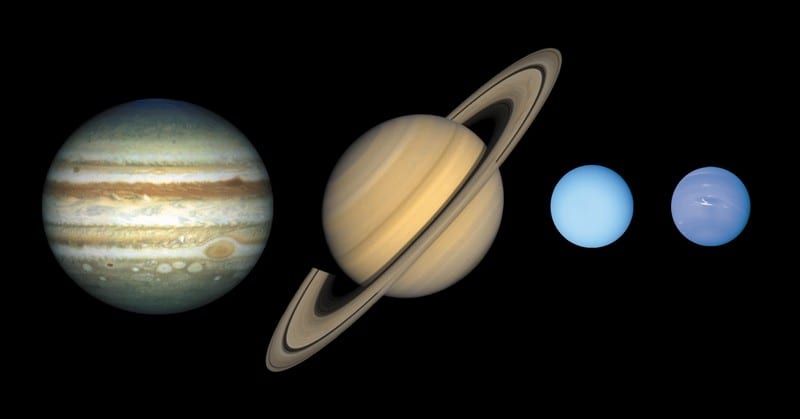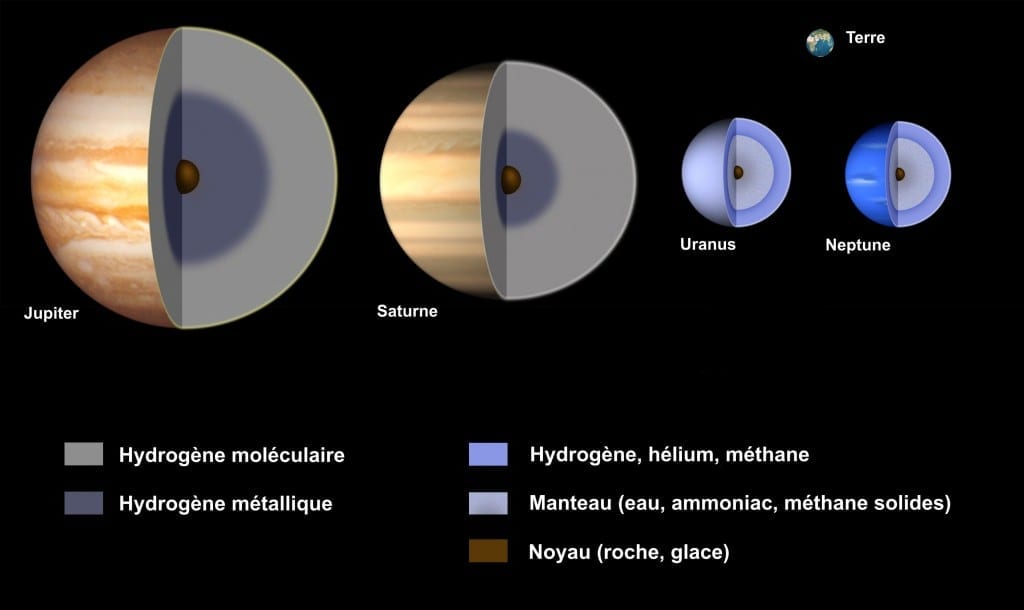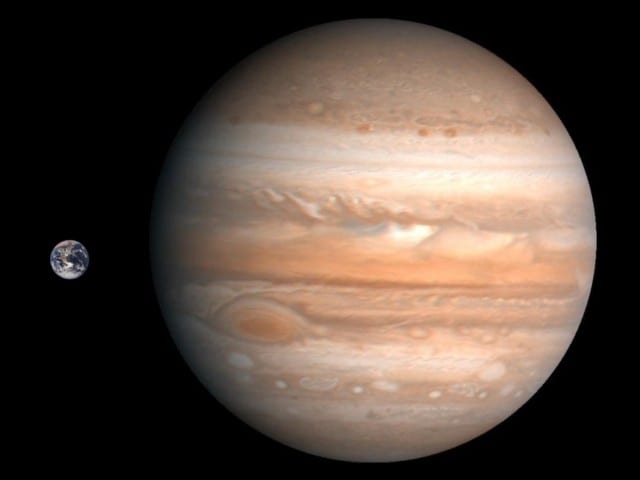Differences Between Telluric and Gaseous Planets
"Terrestrial planet" refers a planet that is "similar to the Earth." On the other hand, for a gas planet, it can be compared to a huge ball of gas. Indeed, astronomers distinguish two main types of planets in our solar system (and other star systems, at least until new order): the so-called planets (Rocky planets) and the gas planets.
Two types of planets: Ley and soft
In our solar system, mercury, Venus, Earth and Mars are the planets Jupiter, Saturn, Uranus, and Neptune are gas planets. The existence of these two types of planets is far from being due to chance, but at the level of their training is the difference. The planets are those that are close to the Sun, they are more exactly between the Sun and the asteroid belt.
The process of formation of the telluric planets seems to be similar to one rocky planet to another. There is a migration of heavy material toward the center of the planet to form its core, then it can become solid under the effect of pressure and some liquid under the effect of temperature. As for the slightly less dense materials, these will find themselves stuck between the core and the surface. They are a coat, whose mobility depends on the residual temperature of the planet. Then there is the less dense (water and gas more generally), materials that will be expelled to the surface to form an atmosphere, if the gravity of the planet is sufficient.
These planets are essentially formed from various minerals and rocks (mainly silicates) and organized into three concentric envelopes: the crust, the mantle and the core of the planet.

These planets are the result of the accretion of heavy elements. Indeed, the solar radiation tends to repel the surrounding particles. It is obvious that the light elements will be deported far beyond the heavy elements, where their presence close to the star. However, the gaseous planets are different. These formed from gas and are located beyond the asteroid belt. Here is a summary of the main elements differentiating the telluric planets of the gaseous planets:

The gas planets are Jupiter, Saturn, Uranus and Neptune (in order of distance from the Sun) are the planets with low density (close to that of water) because of their training. They have a very small silicate core and are generally composed of hydrogen and helium. Their nickname of 'giant' is not trivial, so, since they are very large!

These planets are not planetary crust and it should be noted that temperatures and pressures increase as it sinking to their centers. The gaseous planets have also several layers: the silicate core, a layer of liquid metallic hydrogen (of liquid mercury type) and a layer of hydrogen gas forming its atmosphere.

These planets are not planetary crust and it should be noted that temperatures and pressures increase as it sinking to their centers. The gaseous planets have also several layers: the silicate core, a layer of liquid metallic hydrogen (of liquid mercury type) and a layer of hydrogen gas forming its atmosphere.
Deprived of most of the material available in the primitive Nebula, the planets are of modest size compared to the gas planets, also known as giant planets. Take the land for example: a little more than 6,000 km of RADIUS in comparison to some 70,000 km for Jupiter!

This is due to the fact that the planets are more small, that they could not adorn herself rings (or to retain a large number of satellites), unlike the gaseous planets. Their periods of rotation are also very different. Indeed, the Earth is 24 hours to rotate once, whereas Jupiter has a rotation period of just 10 hours!










Post a Comment